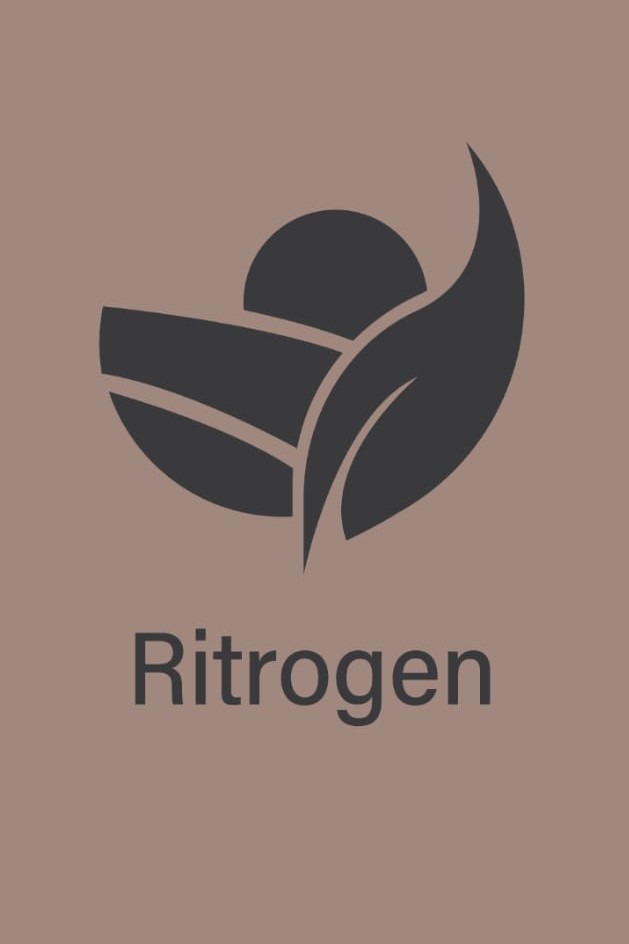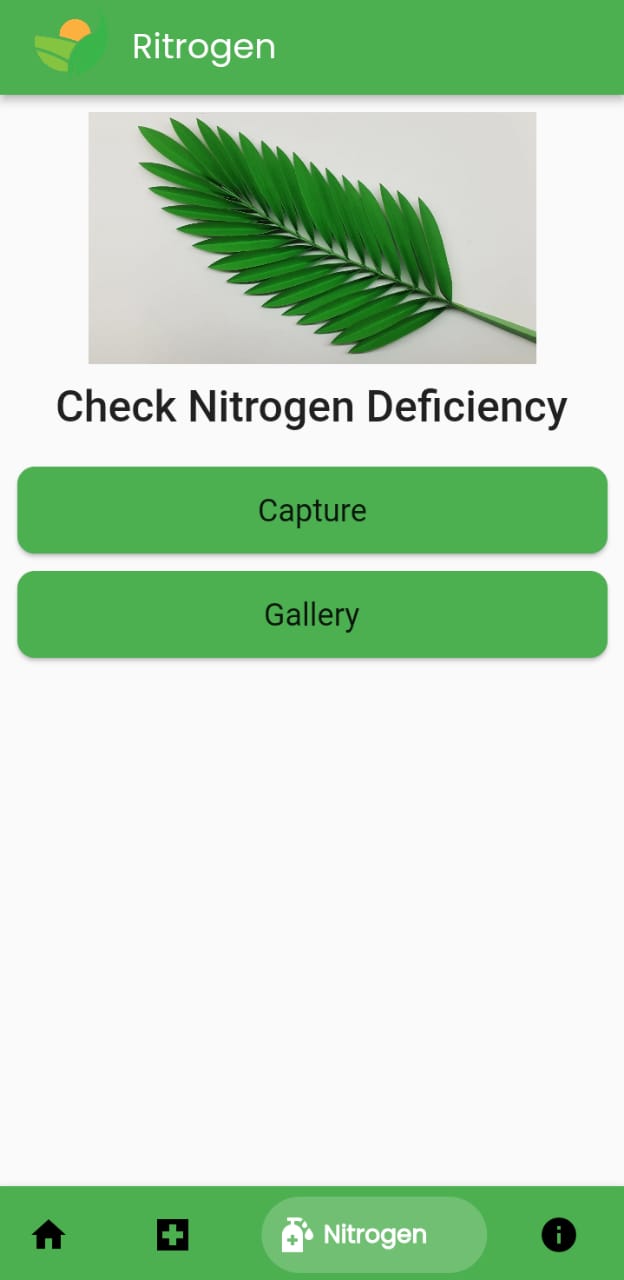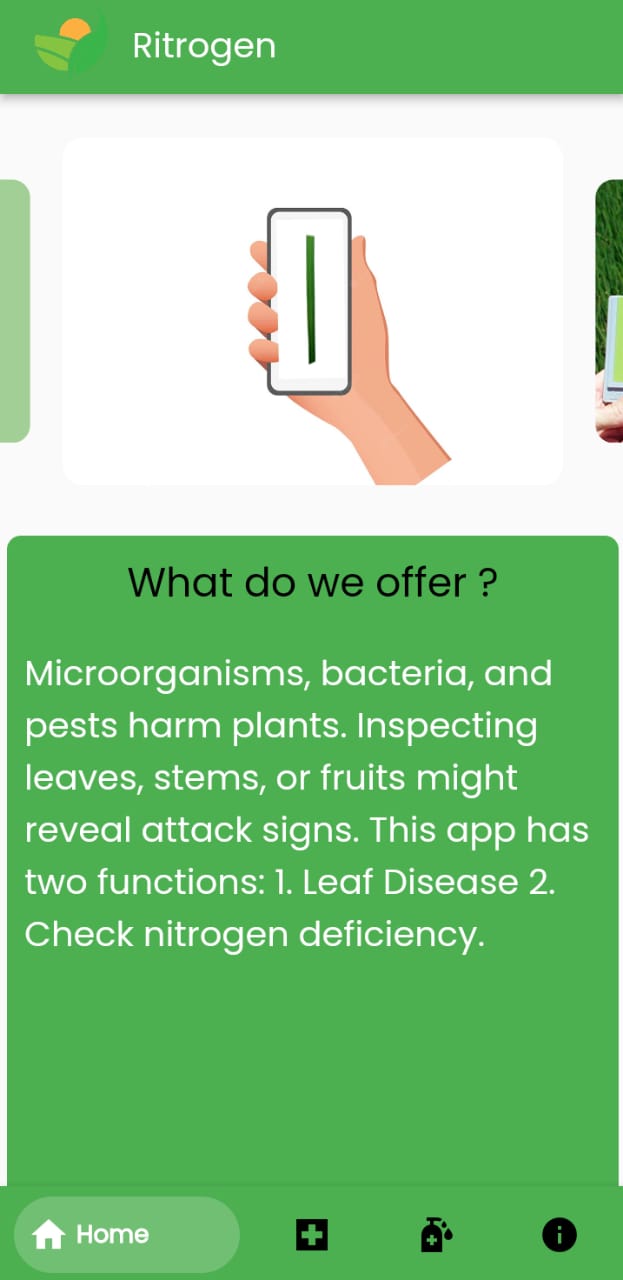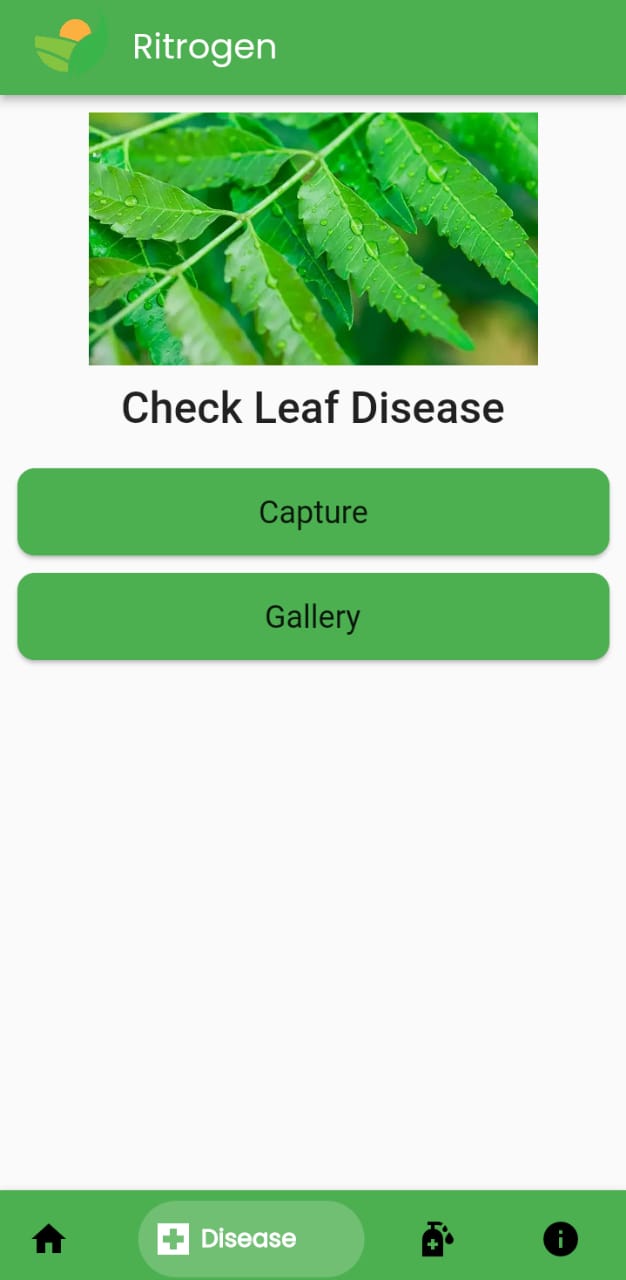Leaf color is correlated with nitrogen content, and detection of nitrogen contentin rice leaves is important for guiding farmers in applying fertilizer. However,the performance of existing detection methods highly depends on the fieldenvironmental condition. Also, these methods require special imaging andcomputing equipment. To fill these gaps, a smartphone app was developed basedon a standard leaf color chart (LCC) to detect color levels of rice leaves. Usingthe app developed, regions of rice leaf and LCC in an image were successfullyidentified by the color threshold segmentation.This study aims to investigate the use of rice leaf color as an indicator of nitrogenstatus and the presence of diseases in rice plants. Leaf color is measured using adigital color meter to obtain Lab colour values, and statistical models are used toanalyze the relationship between these values and nitrogen levels and diseaseseverity. The results indicate that the LCC value, representing leaf brig
Objectives
The primary objectives of the leaf nitrogen and disease detection app for rice are to:
1.Accurately determine the nitrogen levels and disease presence in the leaves of rice plants in real-time.
2.Provide fertilization and disease management recommendations based on the nitrogen levels and disease presence in the leaves.
3.Improve the efficiency and effectiveness of nitrogen and disease management in rice agriculture.
4.Reduce the need for costly and time-consuming soil and tissue testing and disease diagnostics.
5.Enable rice farmers to make more informed fertilization and disease management decisions.
By achieving these objectives, the leaf nitrogen and disease detection app for rice aims to support the sustainable and profitable cultivation of rice crops, while also minimizing the environmental impacts of nitrogen excess and mitigating the impact of diseases on crop yields.
Socio-Economic Benefit
The project focusing on socio-economic benefits in nitrogen and disease detection in rice leaf plant has the potential to make a significant impact on the agriculture industry.
Increased crop yield: Nitrogen is an essential nutrient for plant growth and is often a limiting factor in crop production. By accurately measuring the nitrogen levels in the soil and applying fertilizer accordingly, farmers can optimize their crop yields. Additionally, early detection of disease in rice leaf plants can help prevent the spread of the disease and minimize crop losses.
Cost savings: By using precision agriculture techniques to optimize nitrogen application, farmers can reduce their fertilizer usage and save money. Early detection of diseases can also help farmers avoid the cost of replacing lost crops.
Environmental benefits: Overuse of nitrogen fertilizer can lead to environmental problems such as water pollution and greenhouse gas emissions. By using precision agriculture techniques to apply fertilizer only where and when it is needed, farmers can reduce the environmental impact of their operations.
Improved food security: Rice is a staple food crop for millions of people around the world. By increasing crop yields and reducing losses due to disease, this project has the potential to improve food security and reduce the risk of hunger.
Economic development: Agriculture is a key sector in many developing countries, and improvements in crop yield and disease prevention can have a significant impact on the local economy. By improving the productivity and profitability of rice farming, this project can help support economic development in rural communities.
Overall, the socio-economic benefits of this project are significant and could have a positive impact on both farmers and consumers. By leveraging the latest technology and scientific advancements, this project has the potential to make a real difference in the lives of people around the world.
Methodologies
There are several project methodologies that can be used for nitrogen and disease detection in rice leaf plants.
Experimental Design: This methodology involves designing and conducting experiments to determine the best ways to detect nitrogen levels and diseases in rice leaf plants. This could involve testing different sensors or imaging techniques, and analyzing the data to determine the most accurate and efficient methods for detection.
Machine Learning: Machine learning can be used to develop algorithms that can analyze images of rice leaf plants to detect nitrogen levels and diseases. This involves training a model on a large dataset of labeled images, and then using that model to analyze new images and make predictions about the presence of nitrogen or disease.
Spectral Analysis: Spectral analysis involves analyzing the light reflected by rice leaf plants to determine their nitrogen levels and detect any diseases. This can be done using specialized equipment, such as a spectrometer, and analyzing the data to determine patterns that indicate the presence of nitrogen or disease.
Outcome
The ultimate outcome of a project focused on nitrogen and disease detection in rice leaf plants would be to develop an effective and practical system for monitoring and managing these factors. This would likely involve a combination of technologies, including sensor-based monitoring systems, imaging tools, and data analytics software. With such a system in place, farmers would be able to optimize nitrogen management, detect and treat diseases early, and ultimately improve the quality and yield of their rice crops.










